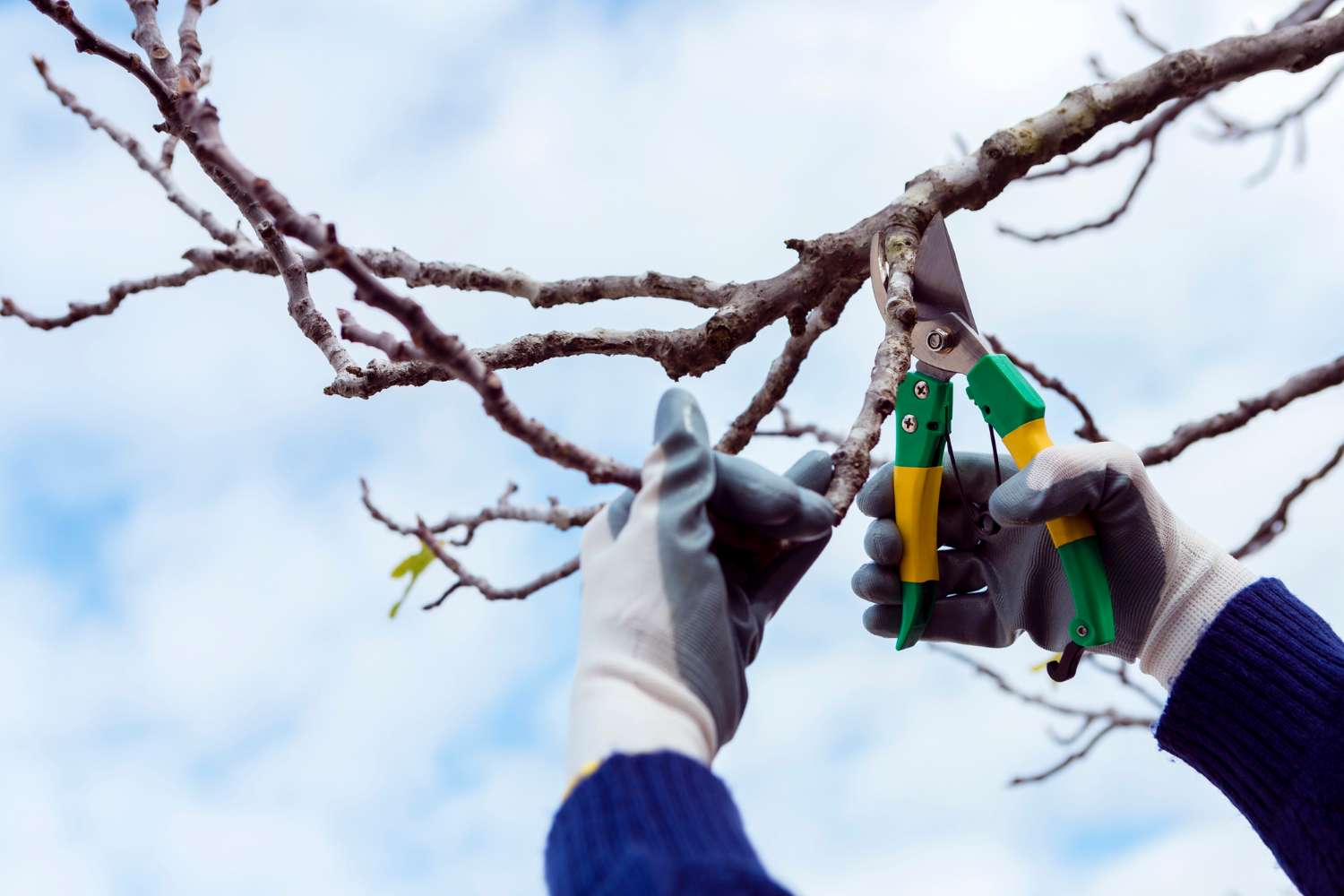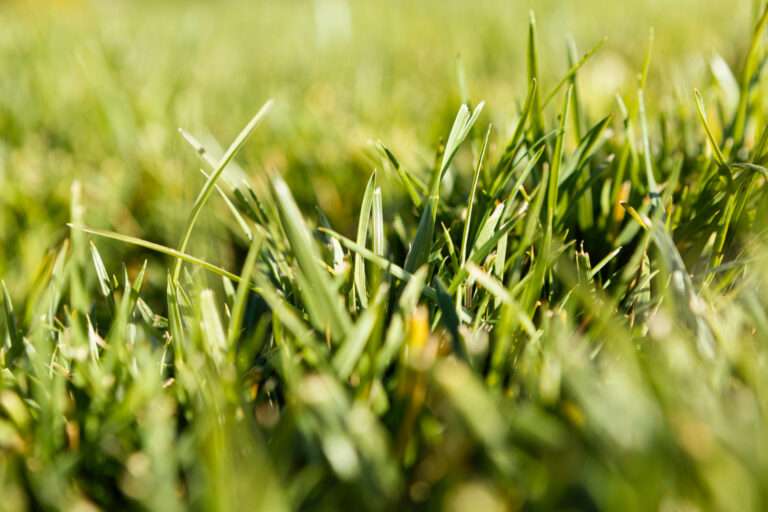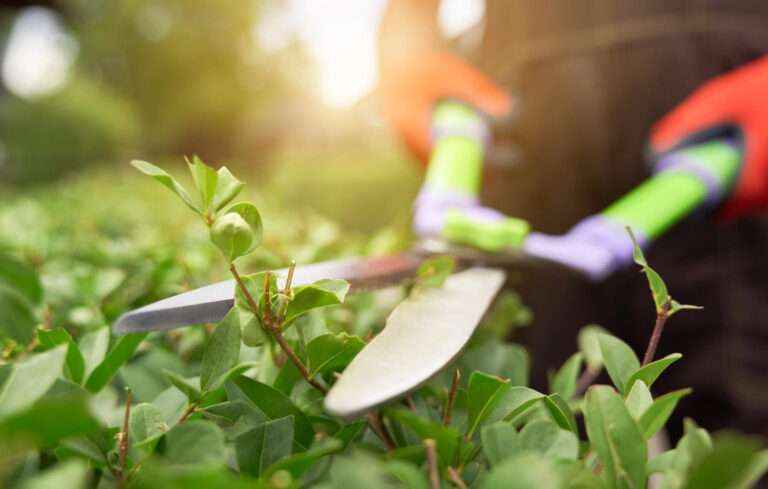Seasonal Tree Care Tips for Healthy, Resilient Landscapes
Trees bring structure, shade and biodiversity to commercial and public landscapes. But to keep them thriving year-round, tree care must be planned around the seasons. From winter pruning to summer hydration, understanding seasonal requirements helps prevent disease, reduce hazards, and improve visual appeal.
In this blog, we break down essential seasonal tree care tips that will keep your trees safe, attractive and well-maintained throughout the year.
🌱 Spring: Nurture New Growth
As the weather warms and buds emerge, spring is a time of renewal. But it’s also when pests and diseases become active again.
Key Tasks for Spring:
- Inspect for Winter Damage: Check branches for cracks, splits or dieback caused by frost, wind or snow.
- Mulch the Base: Apply a 5–7cm layer of mulch to retain moisture and suppress weeds, but keep it clear of the trunk.
- Feed as Needed: Nutrient-deficient trees benefit from a spring fertiliser, especially in poor or compacted soils.
- Remove Dead Wood: Prune any obviously dead or damaged branches before leafing out, to improve structure and air flow.
FAQ – Should I prune trees in spring?
It depends on the species. Light corrective pruning is fine, but avoid heavy pruning on sap-producing trees like birch or maple. Save major work for winter.
🌞 Summer: Monitor Health and Hydration
Summer stress can take a toll on trees, particularly young or newly planted specimens. Higher temperatures and longer daylight hours mean more water loss and faster disease spread.
Summer Tree Care Checklist:
- Water Deeply: Especially during dry spells. One weekly soak is better than little and often.
- Check for Pests and Fungi: Look for leaf spots, wilting, or chewing damage. Treat early to prevent spread.
- Avoid Excessive Pruning: Removing too much foliage in summer can stress trees and reduce resilience.
- Stake Support (if needed): Check tree ties on younger trees to ensure they’re secure but not constricting.
Pro Tip: Don’t mow or strim too close to tree trunks—this can scar bark and invite disease.
🍂 Autumn: Prepare for Dormancy
Autumn is the perfect time to prepare trees for the cold months ahead. With cooler temperatures and more rain, roots continue to grow even as leaves fall.
Tasks to Prioritise in Autumn:
- Leaf Management: Collect fallen leaves to prevent fungal build-up, especially near buildings or paths.
- Structural Pruning: Remove dead or weak branches that could snap under winter loads.
- Plant New Trees: Autumn planting gives roots time to establish before the next spring growth surge.
- Check Drainage: Ensure water isn’t pooling around trunks during seasonal rains.
Tree & Hedge Maintenance planning often begins in the autumn, with maintenance schedules drawn up for winter works.
❄️ Winter: Prune and Protect
Dormant trees are less vulnerable to stress and infection, making winter the best time for structural pruning and large-scale tree works.
Key Winter Care Actions:
- Hard Prune When Dormant: Without leaves, structure is clearer and cuts heal more effectively before spring.
- Protect Young Trees: Use wraps or guards to prevent frost damage and rodent nibbling.
- Remove Hazard Branches: Clear overhanging limbs or storm-damaged wood before snow and wind create risks.
- Plan Ahead: Winter is a good time to assess tree strategy, budgeting for spring planting or summer irrigation upgrades.
FAQ – Can I plant trees in winter?
Yes—especially bare-root or root-ball trees. As long as the ground isn’t frozen or waterlogged, planting in winter allows strong root establishment.
🌳 Smart Tree Care = Safer, Stronger, Greener Landscapes
When trees are neglected, issues don’t just affect the plant—they create public safety risks, block visibility, and lead to expensive removals. By aligning maintenance with the seasons, you reduce costs, improve appearance, and protect long-term tree health.
Seasonal tree care also plays a vital role in biodiversity and planning compliance, particularly for sites with TPOs (Tree Preservation Orders), bat roosts, or habitat offset requirements. Whether you’re managing a school campus, retail park or housing development, your trees deserve year-round attention.
✅ Summary of Seasonal Tree Care Tips
| Season | Focus | Key Actions |
|---|---|---|
| Spring | Inspection and support | Mulch, light prune, fertilise, monitor pests |
| Summer | Hydration and pest control | Deep watering, visual checks, tie adjustments |
| Autumn | Preparation and planting | Prune, clear leaves, plant, inspect drainage |
| Winter | Major works and protection | Structural prune, tree guards, hazard removal |
Final Thought
Investing time in seasonal care doesn’t just improve appearance — it saves money, boosts safety, and supports biodiversity. With a well-timed plan and expert guidance, your commercial or public space can thrive, season after season.
Killingley Insights is the editorial voice of NT Killingley Ltd, drawing on decades of experience in landscaping, environmental enhancements, and civil engineering projects across the UK.








